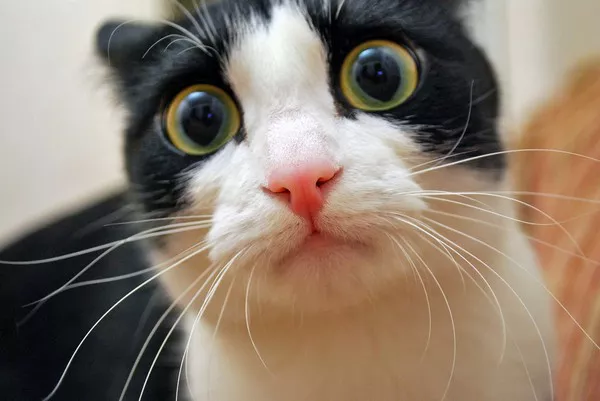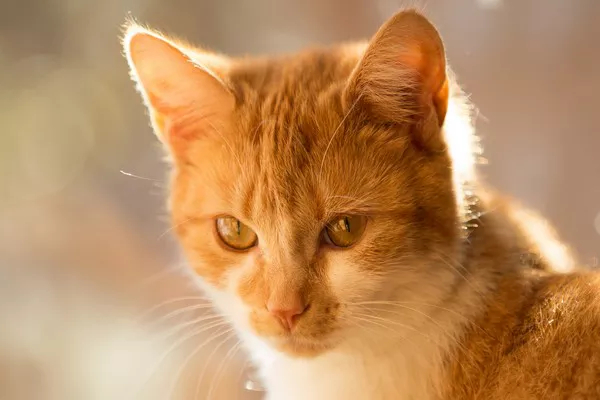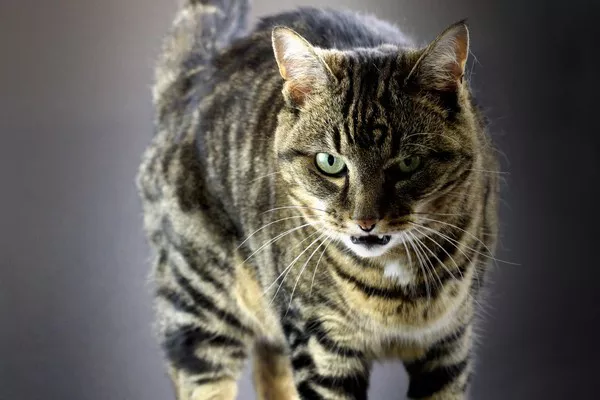Himalayan cats, with their luxurious coats and striking blue eyes, are a hybrid breed that combines the best of the Persian and Siamese breeds. Known for their calm demeanor and affectionate nature, Himalayans have become a favorite among cat lovers. However, potential owners may wonder about the level of attention and care these beautiful cats require. This comprehensive article delves into the needs of Himalayan cats, focusing on their demand for attention, grooming needs, health considerations, and environmental factors, providing a thorough guide for current and prospective Himalayan cat owners.
Himalayan Cats
Breed History and Characteristics: The Himalayan cat, often referred to as the “Himmy,” was developed in the mid-20th century through a series of crossbreedings between Persian and Siamese cats. The goal was to produce a breed with the long, plush coat of the Persian and the striking point coloration and blue eyes of the Siamese. The result is a breed that exhibits the laid-back personality of the Persian, coupled with the curious and slightly more active nature of the Siamese.
The Social Needs of Himalayan Cats
Understanding Their Temperament: Himalayan cats inherit their calm and placid demeanor from their Persian ancestors, making them excellent lap cats. They are known for their loyalty and the strong bonds they form with their owners. Himalayans, however, also inherit a hint of the Siamese’s sociability, which means they crave interaction and do not like to be left alone for long periods.
Do Himalayans Require a Lot of Attention?
Himalayan cats do require a significant amount of attention and interaction. They thrive in environments where they can be part of daily activities and enjoy regular playtime with their owners. Neglecting their need for interaction can lead to boredom and stress, which might manifest in destructive behavior or depression.
Grooming Requirements
The Importance of Regular Grooming: One of the most demanding aspects of caring for a Himalayan is maintaining their coat. Their long, thick fur is prone to matting and requires daily brushing to keep it clean and tangle-free.
Tools and Techniques for Effective Grooming
Using the right tools, such as a steel comb and a slicker brush, is crucial for effectively grooming a Himalayan’s coat without causing discomfort. Regular grooming sessions not only help maintain the health of their coat but also provide an excellent opportunity for bonding.
Health Considerations in Himalayan Cats
Common Health Issues: Like their Persian relatives, Himalayans are prone to several health problems. These issues include polycystic kidney disease (PKD), respiratory problems due to their brachycephalic (flat) face, and dental malocclusions.
The Role of Veterinary Care
Regular veterinary check-ups are essential to monitor and manage these health issues. Early detection and treatment can significantly improve the quality of life for a Himalayan cat.
Nutritional Needs
Optimizing Their Diet: The diet of a Himalayan cat should be carefully considered to maintain their overall health and coat condition. High-quality cat food that meets the nutritional levels established by the AAFCO is recommended.
Special Dietary Considerations
Given their propensity for kidney issues, Himalayan cats may benefit from a diet low in protein and phosphorus, particularly as they age. Consulting with a veterinarian about the best dietary plan is advisable.
Environmental Enrichment
Creating a Stimulating Environment: To keep a Himalayan cat happy and engaged, owners should provide various forms of environmental enrichment. This includes cat trees, scratching posts, and interactive toys that encourage physical activity and mental stimulation.
Importance of Safe Outdoor Access
If possible, providing safe, controlled access to the outdoors can allow a Himalayan to explore and engage with the natural environment, which is beneficial for their mental health. Enclosed cat patios (catios) or harness training are safe ways to allow outdoor adventures.
Training and Behavioral Guidance
Harnessing Their Intelligence: Himalayan cats are quite intelligent, which makes them relatively easy to train compared to other breeds. They can learn to perform tricks or obey commands, which also serves as mental stimulation.
Dealing with Potential Behavioral Issues
Understanding and addressing the root causes of behavioral issues, such as separation anxiety or litter box aversions, is crucial. Often, these issues stem from a lack of attention or environmental stimulation.
Conclusion
Himalayan cats do require a considerable amount of attention, not only in terms of daily interaction but also in grooming and health care. They make delightful companions with their sweet, gentle dispositions and stunning appearance. Prospective and current owners must commit to meeting their high maintenance needs, which include regular grooming, health care, proper nutrition, and plenty of love and attention. With the right care, Himalayans can lead joyful, healthy lives as cherished members of their families. This deep level of care and interaction not only fulfills their physical and emotional needs but also strengthens the bond between cat and owner, making the Himalayan one of the most rewarding cats to have as a part of the family.


























